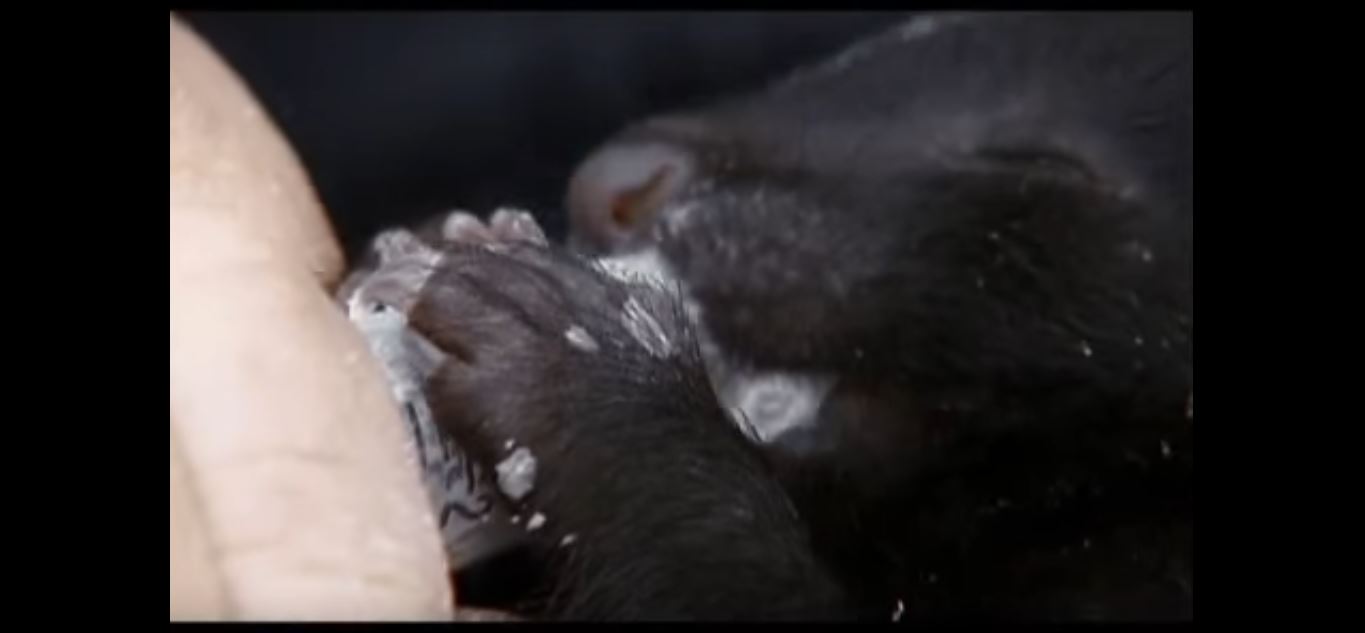About Skunks
Kansas City skunks are known for their capability of spraying liquid with a stronger odor and fall in the category of
mammals. Various species of skunks have different kinds of appearances they can be either of black to white
or can be seen in different colors of brown and cream, but in all species white color is present in a collaborating
form. Variation in size is evidently shown by different species of skunks they can range from 15.6 inch to 37inch in
length also their weight can range from 0.50 kilograms to 8.2 kilograms. Their bodies are elongated in a moderate
fashion; their legs are shorter and properly muscled. These are more involved in digging so there are longer anterior
claws present with them. From the time of birth skunks normally are striped. There are some that even possess stripes
on the region of legs.

Diet
Commonly these Kansas City animals behave as omnivorous and prefer eating plants and animals and with changing season they
prefer to change their diet as well. Some of the commonly used foods by Missouri skunks are being mentioned below
• Insects
• Larvae
• Grubs
• Earthworms
• Smaller rodents
• Snakes
• Lizards
• Frogs
• Birds
• Eggs
• Moles
They are also known for eating roots, nuts, berries, fungi and berries. In areas where human settlement is present Kansas City skunks
don’t hesitate in taking food from garbage cans. You will hate to have these in your garden as in search of worms and grubs
they will dig holes in your garden. For Missouri honeybee these hold the status of being primary level predator and these depend
heavily on their thicker firs for staying protected from stings.
Behavior
Coming towards their behavior these are solitary Kansas City animals that are also known as crepuscular and when skunks are not
breeding they can come together in the communal dens for getting warmth. During day time these take shelter inside
burrows that are made using the stronger and powerful claws. They can’t be regarded as real hibernators during winters,
but normally prefer to stay in their dens for extended time period. These can stay inactive and take feed on rare occasions
while passing through dormant stage.
Highly advanced senses of hearing as well as smell are present in these Kansas City mammals, but their visual capacity is limited.
These normally have shorter lifespan associated with them and because of poor vision mostly die in road accidents.
Visit our Kansas City wildlife trapping home page to learn more about us.

